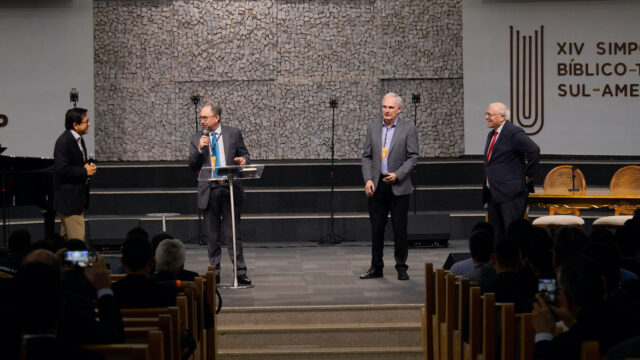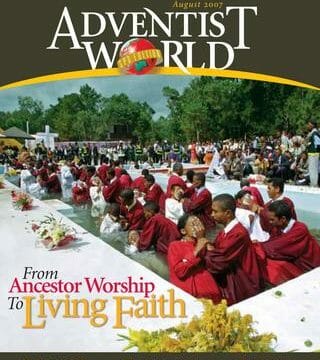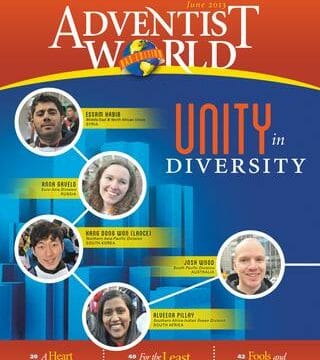Adventist leaders in Nepal hold their first year-end meeting under the new arrangement.
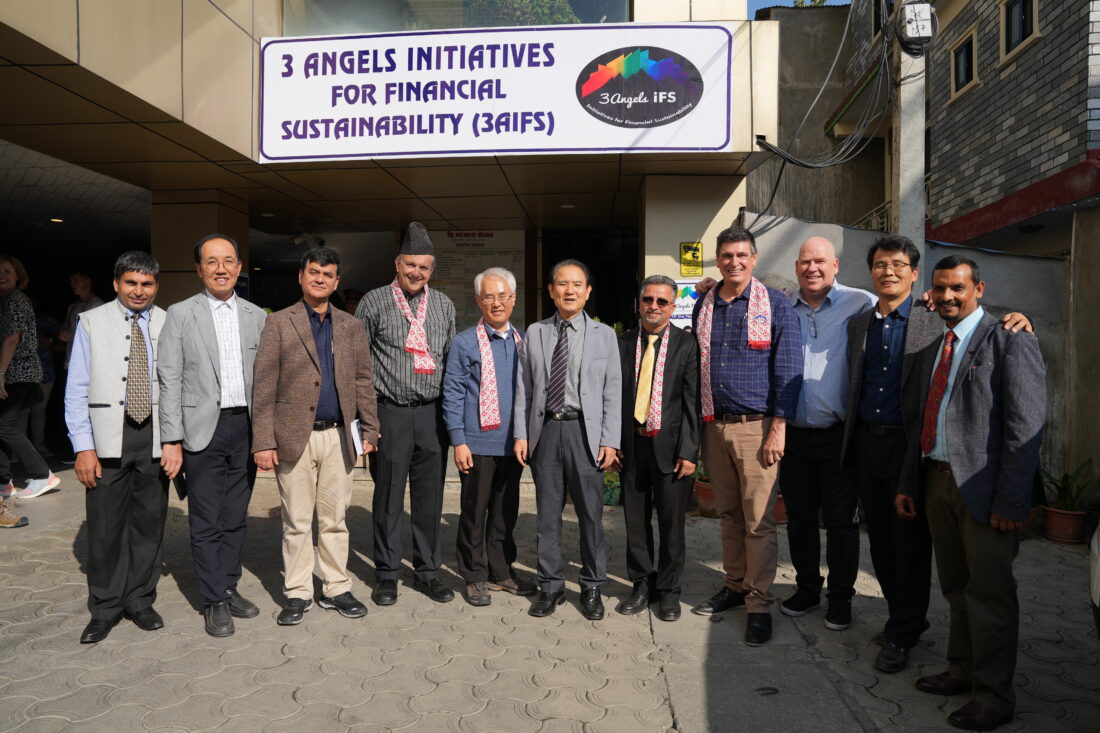
After becoming part of the Northern Asia-Pacific Division (NSD) of Seventh-day Adventists, the Himalayan Section held its Year-end Meeting for the first time. On November 27, at the Banepa Adventist church east of Kathmandu, regional church leaders convened to review the direction of missionary activities across the country after the recent transfer of the territory from the Southern Asia-Pacific Division (SSD).
NSD leaders and numerous local pastors attended the Year-end Meeting of the Himalayan Section. Among them was NSD president Yo Han Kim, treasurer Tae Seung Kim, and Adventist Mission director Sun Hwan Kim.
The Himalayan Section officially is composed of 41 churches and has more than 94,000 baptized members. The region is currently led by president Umesh Pokharel and Hae-Sung Kim, a missionary from South Korea, who serves as the director of global missions.
While Nepal does not have an official state religion, Hinduism functions as the de facto state religion, presenting practical challenges for organizing churches in the country. Since 2018, the Nepalese government has implemented the “Anti-Conversion Law,” significantly complicating missionary activities. Foreign missionaries, including Koreans, have faced increased restrictions, exacerbated by the country’s economic challenges.
The region’s Year-end Meeting addressed various challenges confronting the organization, including a comprehensive reorganization of the Himalayan Section. This involves bringing numerous independent churches and mission agencies scattered throughout Nepal under the Section’s umbrella, particularly addressing the treatment of non-denominational churches embracing the Seventh-day Adventist message.
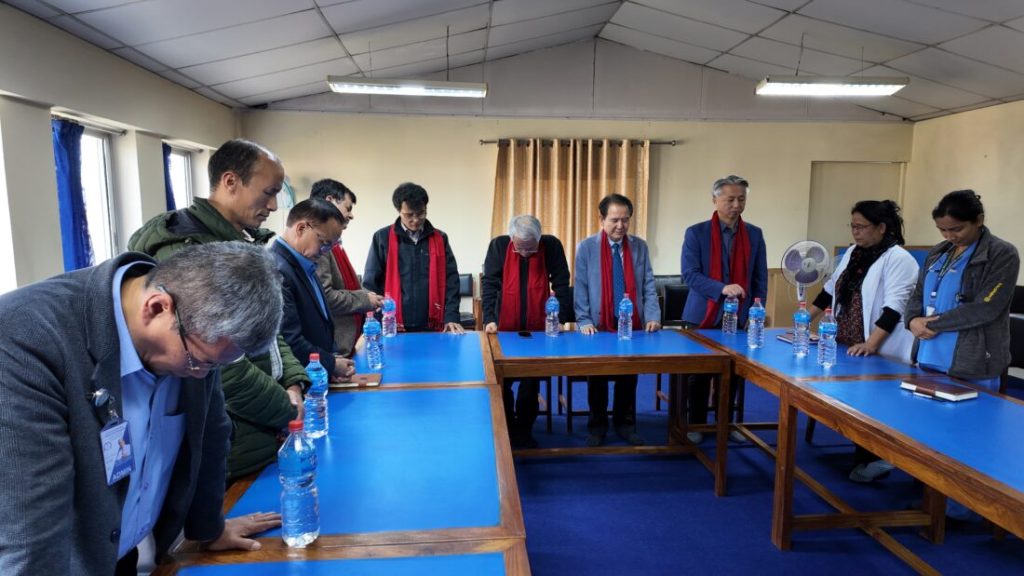
Despite not having an official building, the Himalayan Section perseveres, leaders reported. Missionaries across the country face adversity, with several foreign missionaries working in challenging circumstances to support members and churches.
The 2023 Year-end Meeting focused on strengthening links between mission agencies in Hetauda, Dachcha, Pokhara, and other areas; improving organizational management; and addressing the creation and staffing of new departments within the territory.
The committee also discussed the integration of reformed members from other denominations, particularly those who have accepted the message of the second coming of Jesus. Many of these individuals lack biblical knowledge, posing challenges for assimilation into the existing Adventist culture. The meeting emphasized the need for systematic education and nurturing for these new members, leaders reported.
Following the year-end meeting, discussions took place with the NSD president, local pastors, and missionaries. Despite transportation challenges in Nepal, ministers from across the country managed to come together for the meeting.
NSD president Yo Han Kim expressed high hopes for Nepal, citing the dedication of church members and missionaries working tirelessly despite numerous challenges. He emphasized the church members’ commitment to supporting missions in various ways, calling for unity and close communication.
When Nepal was part of the SSD, it faced missionary challenges, leaders explained. Since joining the NSD, the reality has become clearer, revealing hidden potential. “This reality underscores the necessity for systematic and comprehensive support,” they said.
“The Himalayan Section serves as a bridgehead for missionary work in Hindu countries,” Yo Han Kim said at the closing of the meeting. “The inclusion of Nepal in the NSD at this critical time is a great work of God, and we will overcome challenges through unity.”
The original version of this story was posted on the Northern Asia-Pacific Division news site.


